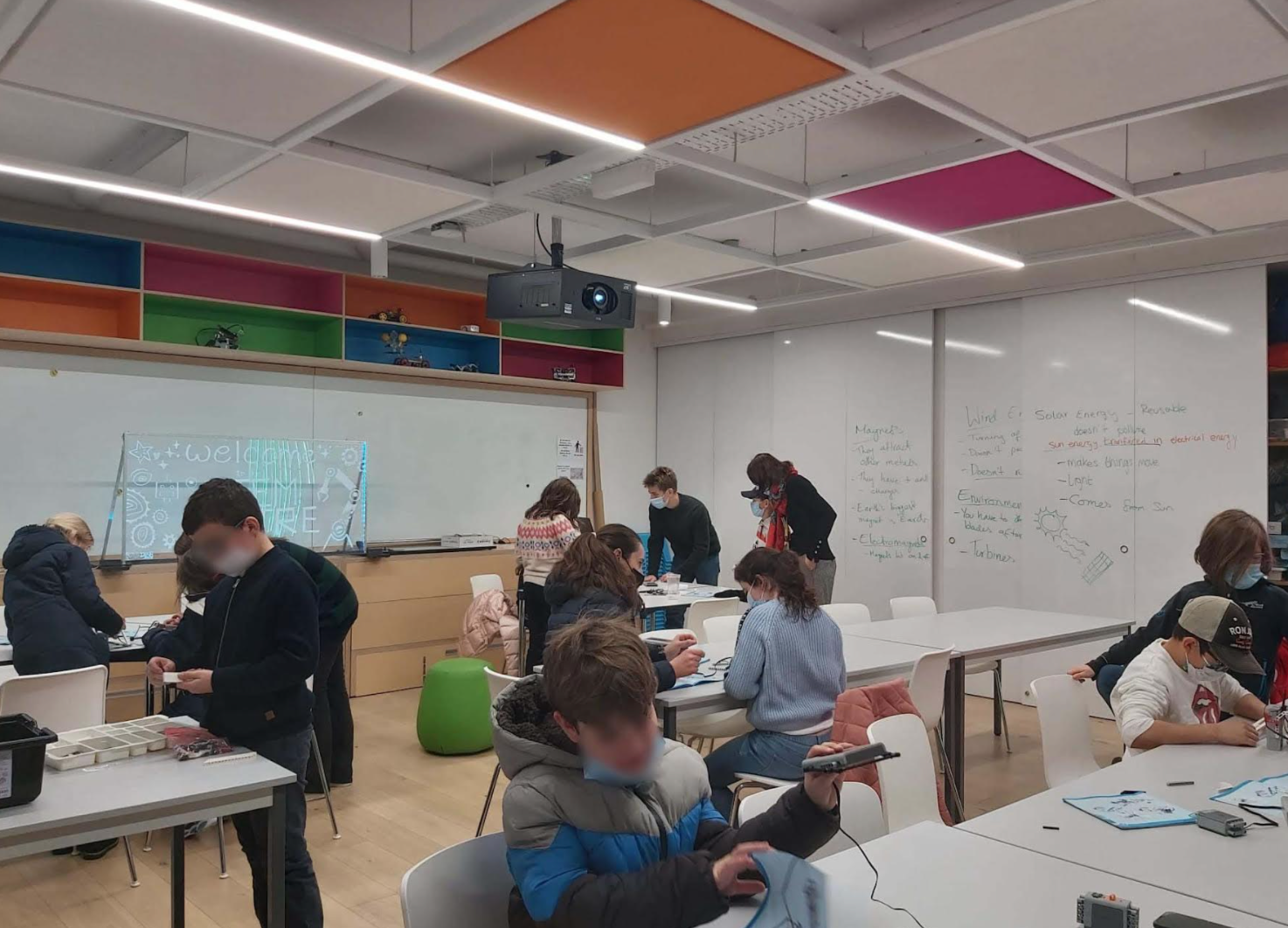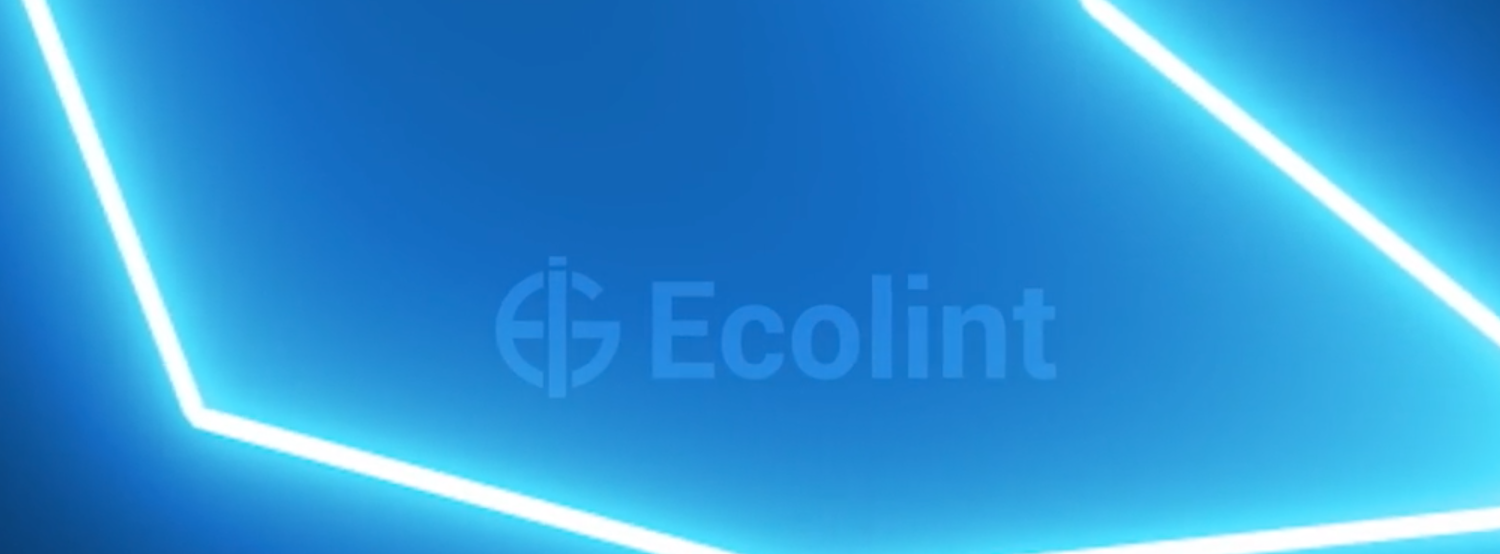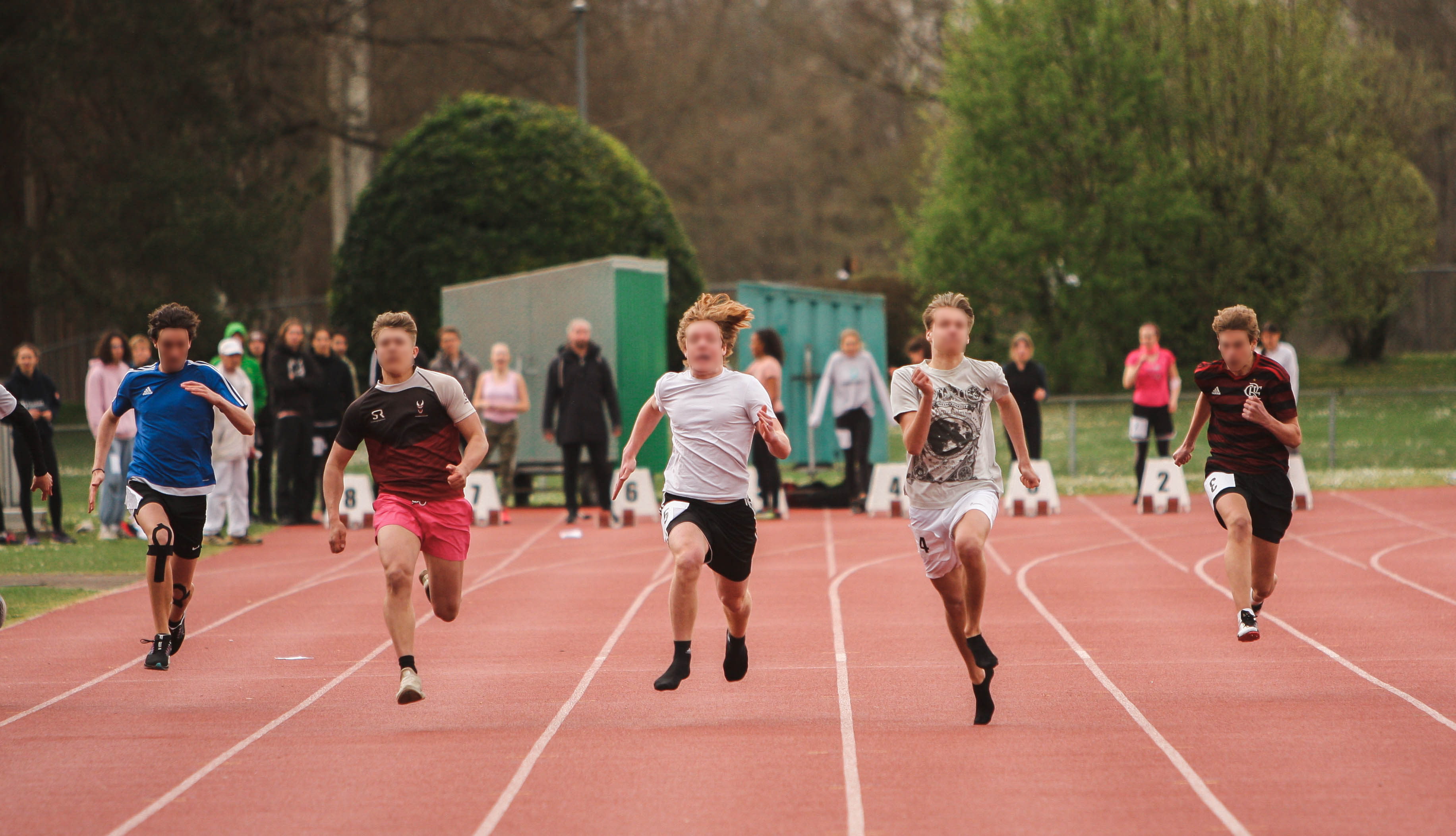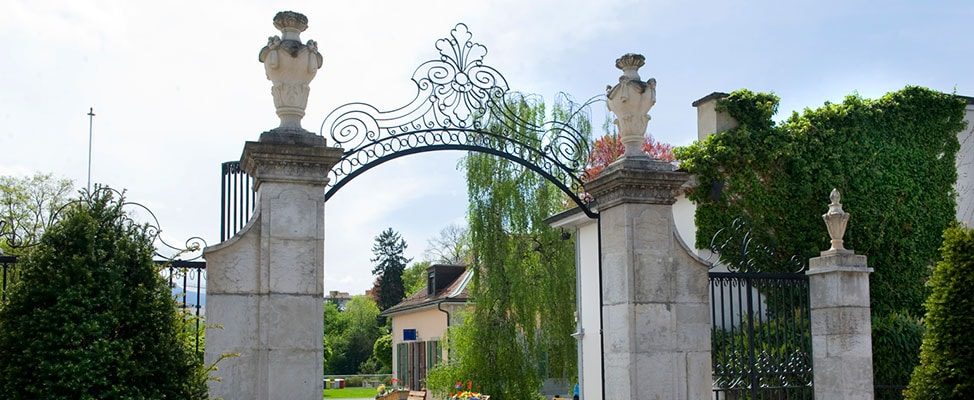By Hana Jang, Year 9
Energy is an essential part of the world humans inhabit, for us and all living organisms. Fossil fuels and global warming are not only damaging the Earth’s wildlife and environment but are also having a serious disastrous effect on human health. A possible solution to this could be using renewable energy, as electricity from renewable energy sources produces between 70-90% less pollution compared to coal-fired power plants.
Renewable energy is often referred to as clean energy and comes from natural sources or processes that are constantly restored and made from resources in nature such as wind and sunshine. Many believe that renewable energy is key for younger students to learn about so that they understand how its use minimises carbon, chemical, thermal and radioactive pollution and has a much lower impact on the environment.
Four Year 12 and 13 students, Vasil Zelenkovski, Aditya Desai, Cecilia Zoe Dell’Osso, and Akemi Sabatier, organised a Middle School Renewable Energies Workshop in December in collaboration with the science department in the Middle School and the head of the STEM centre to work with younger students to show them how renewable energies work.
We interviewed Vasil Zelenkovski to learn more about what the team has achieved from his CAS project:
What inspired you to make this class and what were your aims and goals for your workshop in order to help middle school students have a better understanding of renewable energies?
The Middle School Renewable Energies Workshop is my CAS Project but I have had this idea for more than a year. The workshop originated from a wish to provide younger students with scientific knowledge on green energies as this is something I wish that I had while I was in Middle School.
How did you develop this workshop?
With a small team of secondary school students (Aditya Desai, Cecilia Zoe Dell’Osso, Akemi Sabatier) that I gathered, we met every Thursday for over a year developing activities based on the scientific curriculum of each year group (years 5, 6, 7, and 8).
During the two days of the workshop, the ideas we focussed on differed in complexity among year groups.The workshop took place with students from years 5, 6, 7 and 8, on December 13 and 14.
What did the STEM Centre Renewable Energy Class for Middle School compose of and what is an overview on what the students worked on?
The workshop was two days of activities offering a more technical and scientific explanation into how renewable technologies work and how to generate the most power possible. Students had the opportunity to look into a 500-Watt wind turbine (which can power a boat and is the size of a table). They also assembled solar panel farms and collected and analysed readings from outside.
How did you encourage students to think about renewable energy?
Throughout the workshop we encouraged students to reflect on their observations on technologies that we presented, in order to achieve a more global understanding of renewables.
What result have you achieved or are you targeting to achieve?
We had a design challenge for building the rotor blades for a wind turbine. Furthermore, we tested the student designs and found up to 65% efficiency compared to industrially manufactured blade designs.
In conclusion, this project was a great success and middle school students are privileged to have such workshops to understand more about the world and solutions to the problems in the world. Thank you Vasil, Aditya, Cecilia-Zoe and Akemi for creating this wonderful experience!



